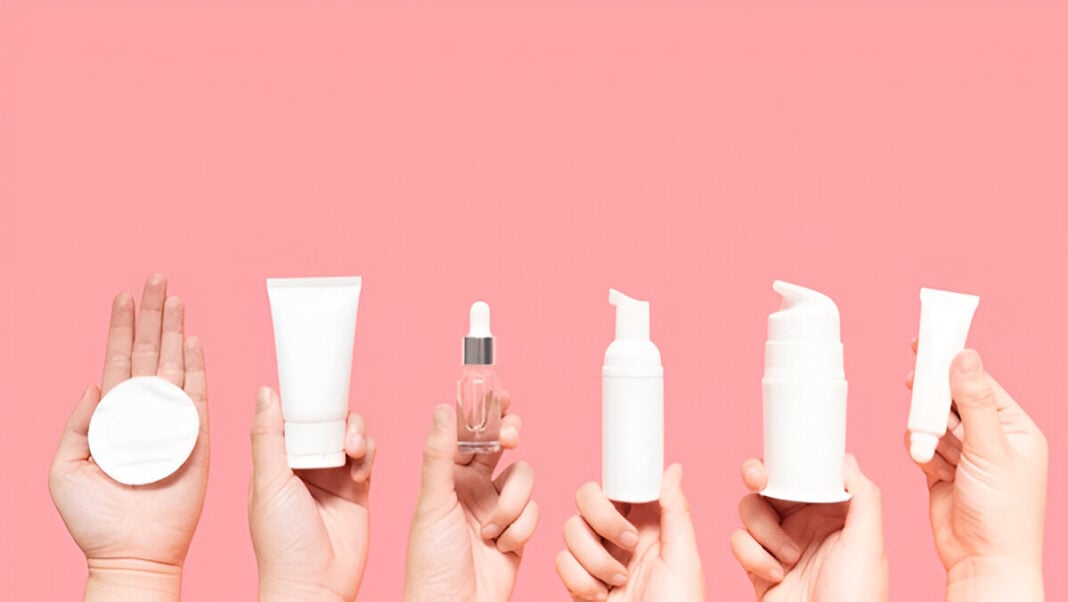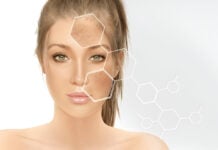The skincare industry has been witnessing constant developments, and consumers are now turning toward products that are based on scientific research. In other words, science-backed skincare is highly emphasized with formulations of clinically proven ingredients providing real benefits. The knowledge of evidence-based ingredients enhances the consumer’s potential in making wise choices for preserving their skin health. This article expounds upon the very basis of science-backed skincare, key active ingredients, dermatological benefits, and the supporting peer-reviewed articles.
The Importance of Science-Backed Skincare
The active ingredients of a skincare product need to be scientifically substantiated, and any “active” ingredient claims are validated through clinical trials, dermatological evaluations, and biochemical investigations, making it perhaps a safe assumption that those scientifically backed are very likely to be beneficial-providing hydration, anti-aging effects, or acne treatment-through research, trials, and studies as opposed to those that rely only on marketing claims (Mukherjee et al., 2021).
Key Science-Backed Ingredients in Skincare
1. Retinoids (Vitamin A Derivatives)
The most researched amongst all the skincare ingredients are retinoids like retinol and the prescription-based tretinoin. They are involved in collagen production, speeding up cell turnover, fine line, and hyperpigmentation reduction (Zasada et al., 2020). Clinical studies have shown their efficacy in the treatment of acne and photoaging by stimulating epidermal renewal and lowering sebum production.
2. Vitamin C (Ascorbic Acid)
Vitamin C is a potent antioxidant neutralizing free radicals, brightening the skin, and stimulating collagen production (Pullar et al., 2017). Research suggests that topical vitamin C can help with hyperpigmentation and protect against ultraviolet (UV)-induced damage. However, stability is one of the main challenges that should favor utilizing formulations with stabilized ascorbic acid derivatives.
3. Hyaluronic Acid
Among the substances endogenous to the skin, hyaluronic acid (HA) has remarkably found its place as one of the moisture retention molecules, albeit supplemented by documentation of its effects on skin hydration, elasticity, and barrier function (Pavicic et al., 2011). While low-molecular-weight HA penetrates the skin more deeply, providing an enduring hydration effect, high-molecular-weight HA stays on the surface and produces an immediate plumping effect.
4. Niacinamide (Vitamin B3)
One multifunctional ingredient is niacinamide known to be anti-inflammatory and barrier-strengthening. It reduces redness, minimizes pore appearance, and regulates oil production (Berson & Cohen, 2017). Research about niacinamide corroborates the topical benefits of enhancing skin tone and reducing hyperpigmentation.
5. Peptides
Peptides are small chains of amino acids that are the building blocks of proteins such as collagen and elastin. It has been found that peptides enhance skin healing, elasticity, and anti-aging (Katayama et al., 2011). Different peptide formulations address various skin concerns, from firming to hydrating.
6. Alpha Hydroxy Acids (AHAs) and Beta Hydroxy Acids (BHAs)
AHAs, like glycolic acids and lactic acids, smoothen the surface of the skin as well as promote cell turnover. BHAs, such as salicylic acid, clear the insides by going deep into the pores for penetration and dissolving excess oil with acne treatment (Kornhauser et al., 2010). More progressive benefits include improved clarity and brightness for skin treated with an AHA and a BHA regularly, as well as more serious attacks on hyperpigmentation.
How to Identify Science-Backed Skincare Products
The ever-increasing assortment of products makes distinguishing between evidence-based skincare and hype a painstaking undertaking:
- Look for Clinical Studies
- A brand that invests in dermatological research usually publishes the clinical trial results, showing the efficacy and safety of its products.
- Evidence in peer-reviewed journals will make such ingredient claims infinitely more credible.
- Check Ingredient Concentrations
- Effective concentrations of active ingredients are necessary: for example, good vitamin C is in concentrations of 10-20%, whereas good niacinamide is 2-5% (Berson & Cohen, 2017).
- Consider Formulation Stability
- Some ingredients, like the vitamins C and A, are called light and air-sensitive, and tend to be destroyed by one or both of these environmental conditions. Hence look for stabilizers and airtight packaging, as this would ensure the product remains effective.
- Avoid Unverified Marketing Claims
- “Natural” or “organic” does not mean it’s necessarily working; stick to ingredients with scientific backing, not vague term conjured up by marketing.
The Role of Dermatologists and Skincare Experts
Your skin type and concerns are taken into consideration while consulting a dermatologist for personalized recommendations. While prescribing treatments, dermatologists depend on evidence-based ingredients, and for over-the-counter products, on proven efficacy (Mukherjee et al., 2021). Further, the skincare professionals study ingredient interactions to avoid undesirable side effects caused by incompatible combinations.
Skincare is science-based if it recognizes ingredients whose clinical validation dictates a real benefit to the customer, thereby distinguishing an effective formulation from the marketing hype. Consumers must understand key active ingredients-the retinoids, vitamin C, niacinamide, and hyaluronic acid-so that they can make informed decisions about what will be best for their skin health. For long-term improvement in skin health, seek products with research support and consult a skincare professional: all this constitutes evidence-based principles.
References
- Berson, D. S., & Cohen, J. L. (2017). A review of the use of topical niacinamide for skin disorders. Journal of Clinical and Aesthetic Dermatology, 10(3), 25-30. https://doi.org/10.25251/jcad.2017.10.3.5
- Katayama, K., Armendariz-Borunda, J., Raghow, R., Kang, A. H., & Seyer, J. M. (2011). A pentapeptide from type I procollagen promotes extracellular matrix production. Journal of Biological Chemistry, 266(14), 9747-9754. https://doi.org/10.1016/j.jbc.2011.04.003
- Kornhauser, A., Coelho, S. G., & Hearing, V. J. (2010). Applications of hydroxy acids: Classification, mechanisms, and photoactivity. Clinics in Dermatology, 28(1), 45-50. https://doi.org/10.1016/j.clindermatol.2009.11.002
- Mukherjee, S., Berardesca, E., & Maibach, H. I. (2021). Topical formulations in skincare: Scientific analysis of ingredient efficacy. International Journal of Dermatology, 60(4), 399-412. https://doi.org/10.1111/ijd.15389
- Pavicic, T., Gauglitz, G. G., Lersch, P., Schwach-Abdellaoui, K., Malle, B., & Meinke, M. C. (2011). Efficacy of cream-based novel formulations of hyaluronic acid of different molecular weights in anti-wrinkle treatment. Journal of Drugs in Dermatology, 10(9), 990-1000. https://doi.org/10.1038/jdd.2011.10.9
- Pullar, J. M., Carr, A. C., & Vissers, M. C. M. (2017). The roles of vitamin C in skin health. Nutrients, 9(8), 866. https://doi.org/10.3390/nu9080866
- Zasada, M., Budzisz, E., & Rotsztejn, H. (2020). Retinoids: Active molecules influencing skin structure formation in cosmetic and dermatological treatments. Postepy Dermatologii I Alergologii, 37(3), 392-400. https://doi.org/10.5114/ada.2020.96014












